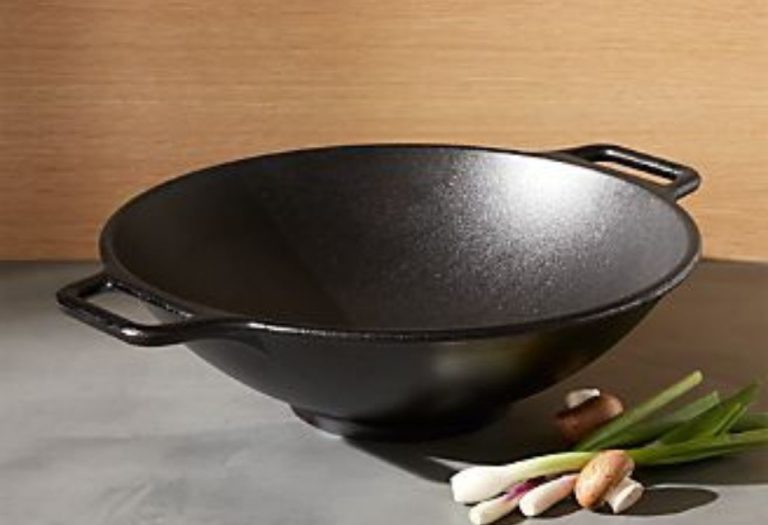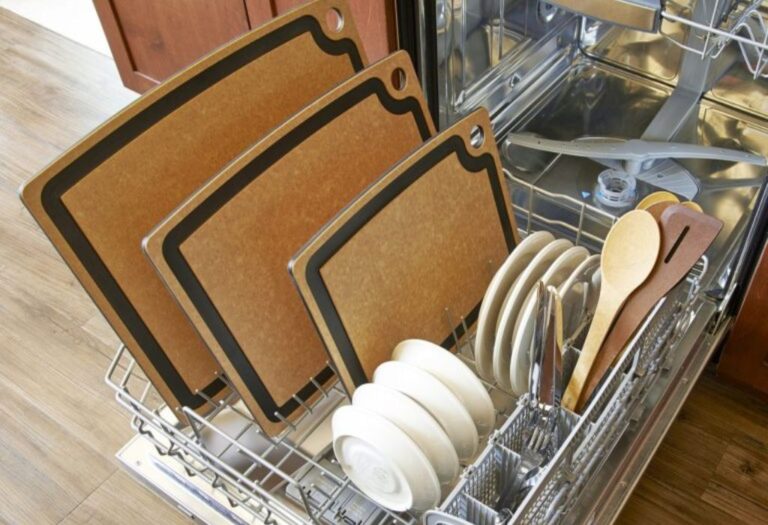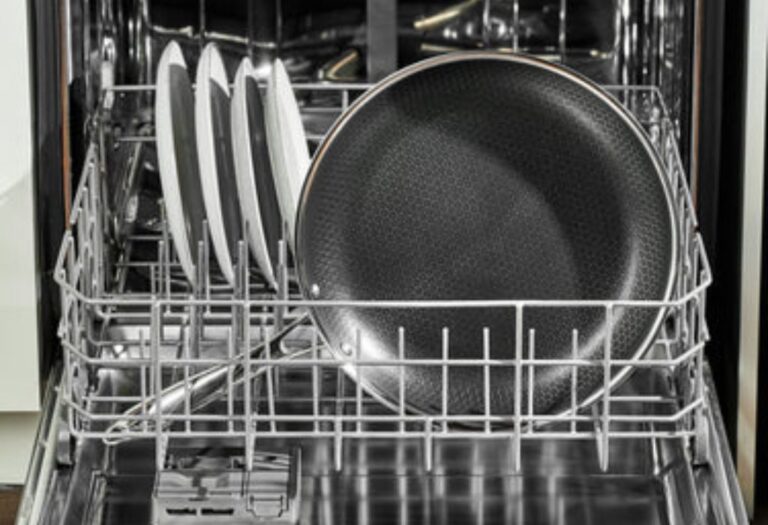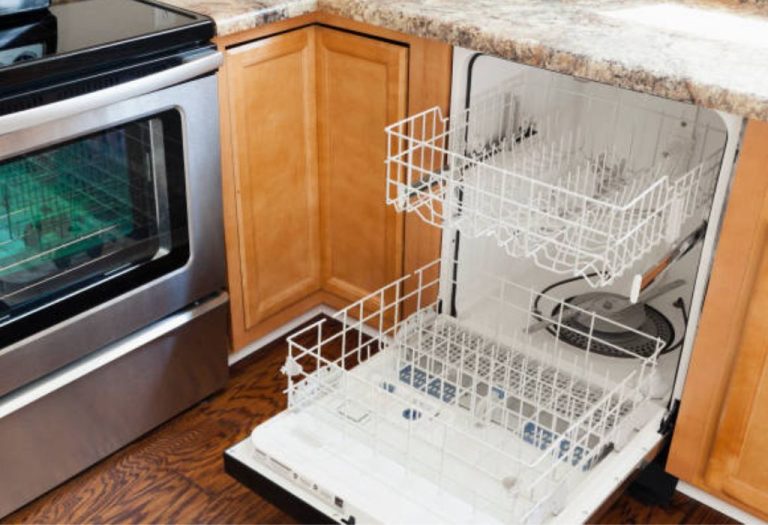The clatter of pans echoed through the kitchen as steam curled above sizzling skillets. In the middle of the rush, a line cook stepped onto a damp patch of floor and almost went down — a near miss that could have meant weeks off work.
According to the U.S. Bureau of Labor Statistics, slips, trips, and falls account for thousands of workplace injuries each year, many happening in kitchens. For women who spend long hours on their feet, the right safety shoes are more than just footwear — they’re essential protection.
This guide will show the key features to look for, the best types of kitchen safety shoes for women, and tips to keep them in top shape. Whether you’re a chef, barista, or home baker, your feet deserve both safety and comfort.
Why Kitchen Safety Shoes Matter for Women
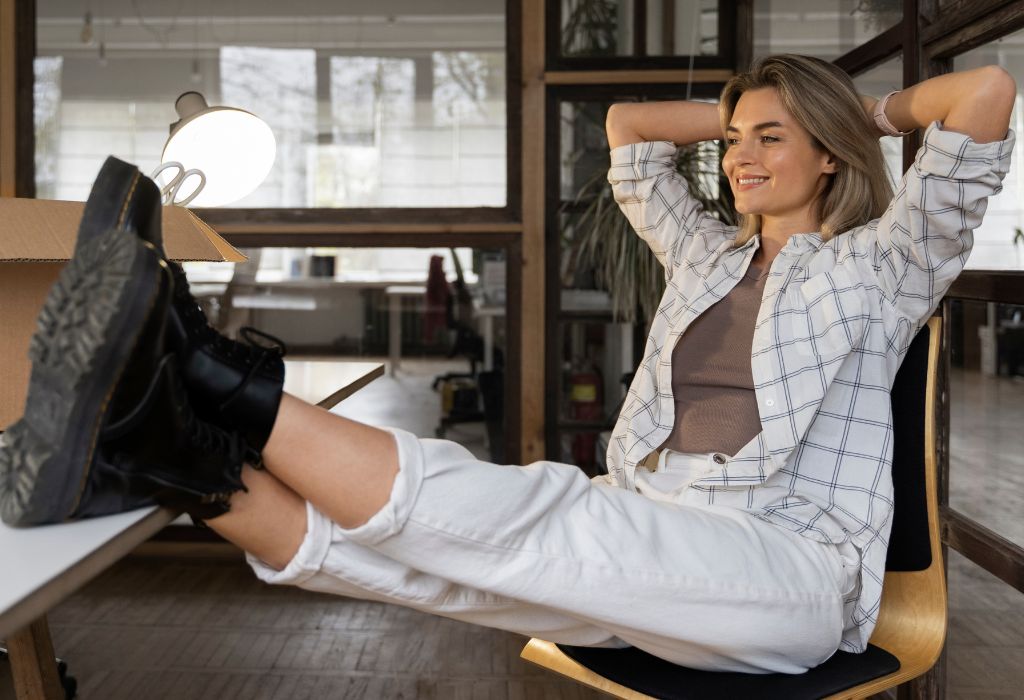
Kitchens are fast-paced environments filled with hazards like wet floors, hot spills, and heavy objects. One wrong step can lead to injuries that keep you from working.
The National Floor Safety Institute (NFSI) reports that slips and falls are the leading cause of workers’ compensation claims in the U.S. In food service, these accidents happen more often due to constant movement and spills.
Women working in kitchens face unique challenges. Shoes must not only provide safety but also fit the shape of a woman’s foot, offer cushioning for long hours, and match workplace dress codes.
Key Features to Look for in Kitchen Safety Shoes
Choosing the right pair starts with understanding the must-have features.
Slip-Resistant Soles
Slippery floors are one of the top causes of kitchen accidents. Slip-resistant soles with specialized tread patterns help maintain grip on wet or oily surfaces.
Look for shoes tested to meet ASTM or OSHA slip-resistance standards. Rubber outsoles usually provide the best traction.
Comfort and Cushioning
Standing for 8–12 hours puts strain on your feet, knees, and back. Shoes with cushioned insoles and shock-absorbing midsoles reduce fatigue.
Memory foam or gel insoles can add extra comfort for long shifts.
Durability
Daily use in tough conditions wears shoes down quickly. Choose materials like high-grade leather or reinforced synthetics for long-lasting wear.
Well-made shoes can last 12–18 months in a busy kitchen.
Breathability and Hygiene
Kitchen work can make feet hot and sweaty. Breathable mesh panels or moisture-wicking linings keep feet dry and reduce odor.
Antimicrobial treatments help prevent bacteria build-up.
Fit and Support
Poorly fitting shoes can cause blisters, soreness, or foot strain. Women-specific designs ensure proper fit for narrower heels and different arch shapes.
Good arch support prevents pain during extended standing.
Types of Kitchen Safety Shoes for Women
There is no one-size-fits-all. The best choice depends on your role, comfort needs, and workplace rules.
Slip-On Clogs
Popular in both professional and home kitchens, clogs are easy to slip on and off.
They are simple to clean, but some lack strong ankle support.
Lace-Up Work Shoes
Offer better fit adjustment and ankle stability.
They’re ideal for those who move quickly and need secure footing.
Safety-Toe Shoes
Protect against dropped knives, pots, or heavy pans.
Steel-toe options offer maximum protection, while composite toes are lighter and more comfortable.
Lightweight Sneakers
Blend safety and casual comfort.
Suitable for lower-risk kitchens or front-of-house roles.
Top Kitchen Safety Shoe Brands for Women
Here are some of the most trusted brands, known for their safety and comfort.
- Crocs Bistro Pro – Slip-resistant, easy to clean, and lightweight.
- Skechers Work Sure Track – Memory foam comfort with ASTM-certified slip resistance.
- Birkenstock Professional – Durable clogs with contoured footbeds for support.
- Dansko XP 2.0 – Excellent arch support and comfort for long shifts.
- Mozo Maven – Stylish, water-resistant, and slip-proof.
Choosing the Right Shoe for Your Needs
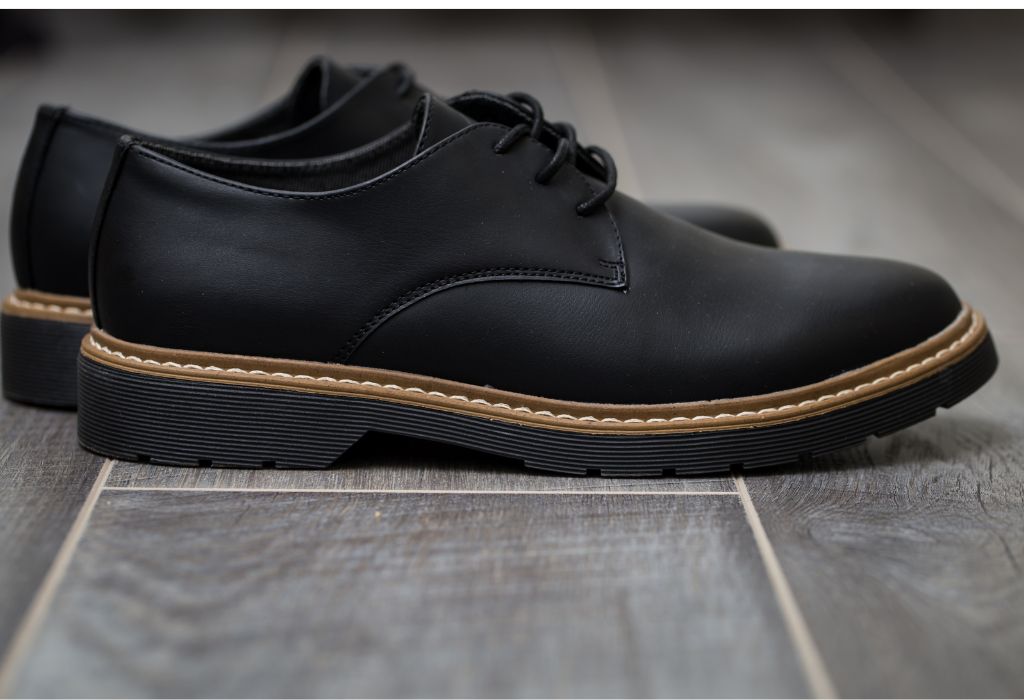
Your workplace environment will influence your choice.
- Restaurant kitchen – Prioritize maximum slip resistance and durability.
- Bakery or café – Comfort and breathability may be more important.
- Home business – Lightweight safety sneakers might be enough.
Budget also plays a role. Investing in quality can save money in the long run by avoiding injuries and frequent replacements.
Caring for Your Kitchen Safety Shoes
Proper care extends the life of your shoes and maintains their safety performance.
- Wipe them down daily to remove grease and food residue.
- Air them out after each shift to prevent odor build-up.
- Replace insoles every 6–8 months for comfort and hygiene.
Common Mistakes to Avoid When Buying Kitchen Safety Shoes
- Choosing fashion over function.
- Ignoring slip-resistance ratings.
- Buying the wrong size or fit for your foot shape.
- Skipping break-in time before long shifts.
FAQs – Kitchen Safety Shoes for Women
What are the best shoes for slippery kitchen floors?
Shoes with ASTM-rated slip-resistant soles, such as Crocs Bistro Pro or Skechers Work Sure Track, perform best.
Do kitchen safety shoes have to be expensive to be effective?
Not always, but quality materials and certified slip resistance often come at a higher price.
How often should you replace kitchen safety shoes?
Every 12–18 months, or sooner if tread wears down.
Are steel-toe shoes necessary for all kitchen jobs?
Not for every role, but essential if there’s a high risk of dropping heavy objects.
Can I wear running shoes instead of safety shoes in the kitchen?
Running shoes often lack slip-resistant soles, so they’re not ideal for kitchen safety.
Conclusion
Kitchen safety shoes for women are more than just footwear — they’re essential gear for a safe, comfortable workday.
By choosing a pair with the right slip resistance, support, and durability, you can protect your feet, improve comfort, and reduce the risk of injury.
When it comes to kitchen safety, the right shoes are your first step toward a safer shift.
I’m Emma J. Caldwell, the founder, lead writer, and home-cooking enthusiast behind KitchenGuideCo.com. With a background in culinary arts and over a decade of cooking experience in both professional and personal kitchens, I created this platform to demystify recipes, offer smart kitchen gadget reviews, and guide readers through meal prep with confidence and clarity.

